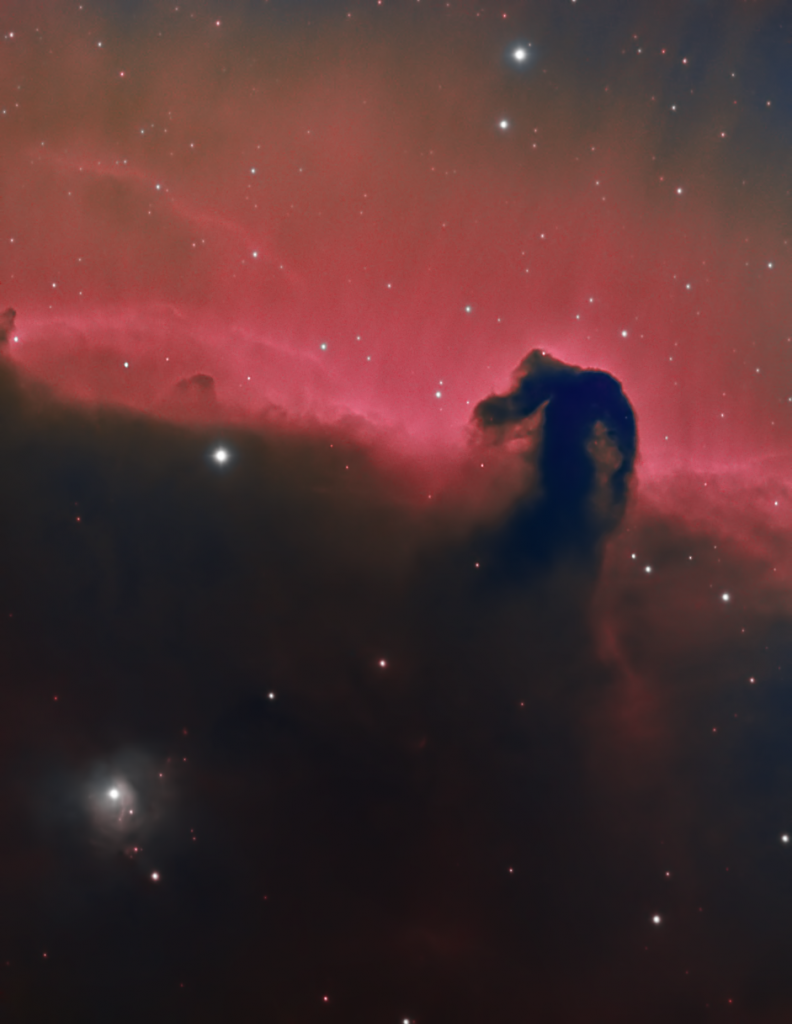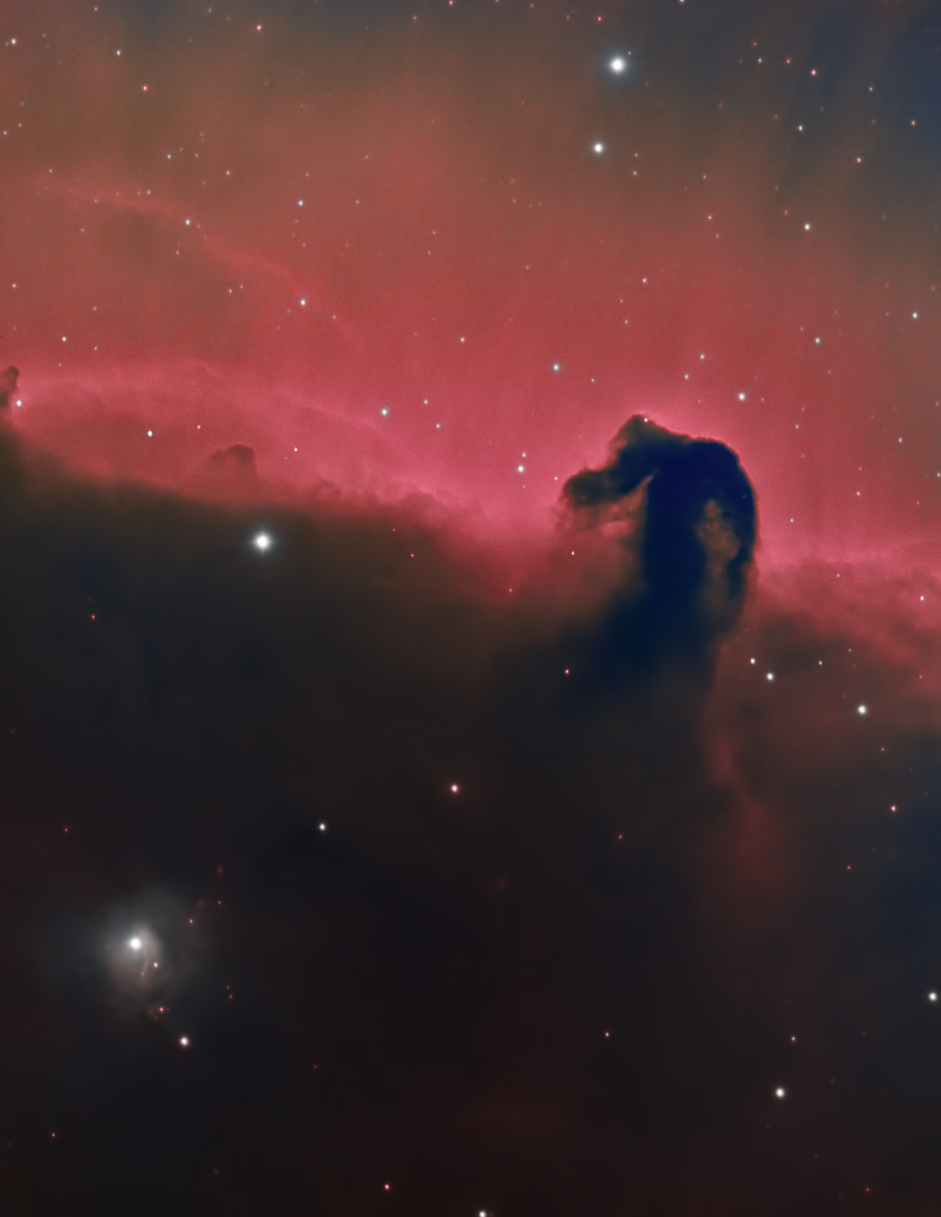
Similar Posts
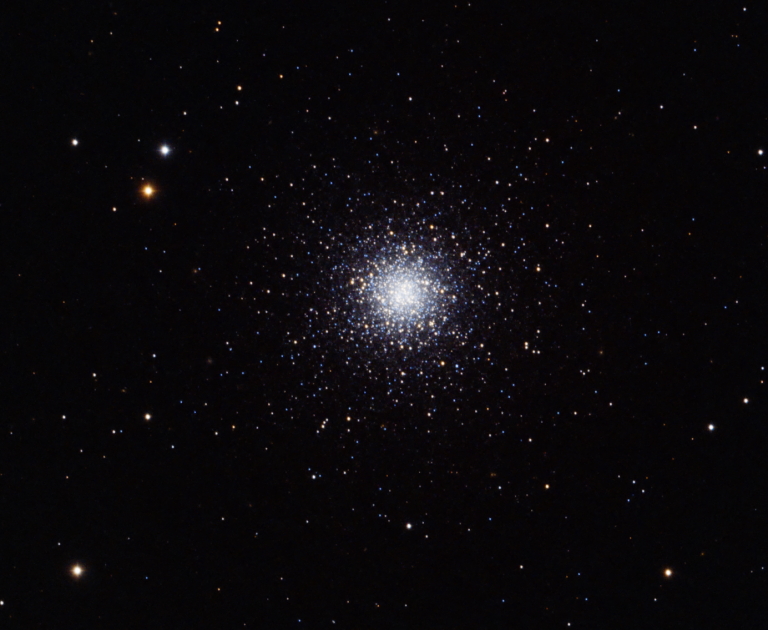
Another glob.
Here we have another globular cluster: M53. You don’t see this one imaged too often, but it’s still quite pretty. I’ve never met a globular cluster I didn’t like. It’s one of the more distant globular clusters in our galaxy, about 60,000 light-years away.
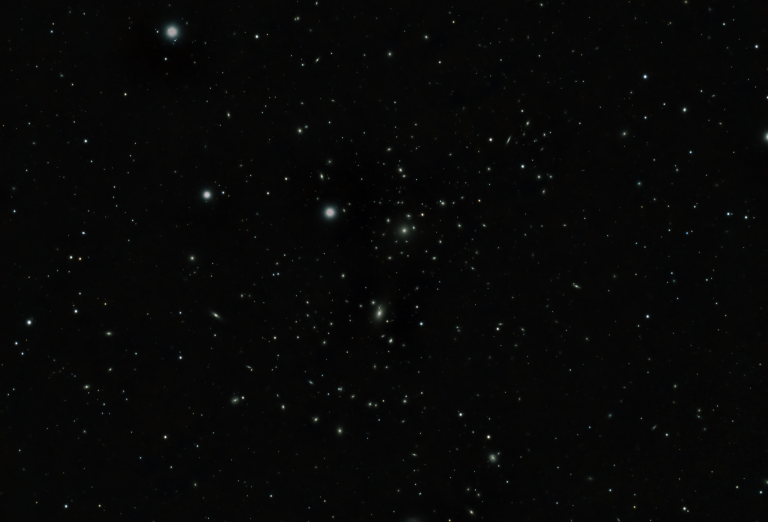
Coma Berenices Galaxy Cluster
AKA Abell 1656. There are tens of thousands of galaxies in this portion of the sky; almost everything in this image is an entire galaxy filled with hundreds of millions of stars. Whoah. And they’re hundreds of millions of light-years away. Click and zoom in to explore them all.
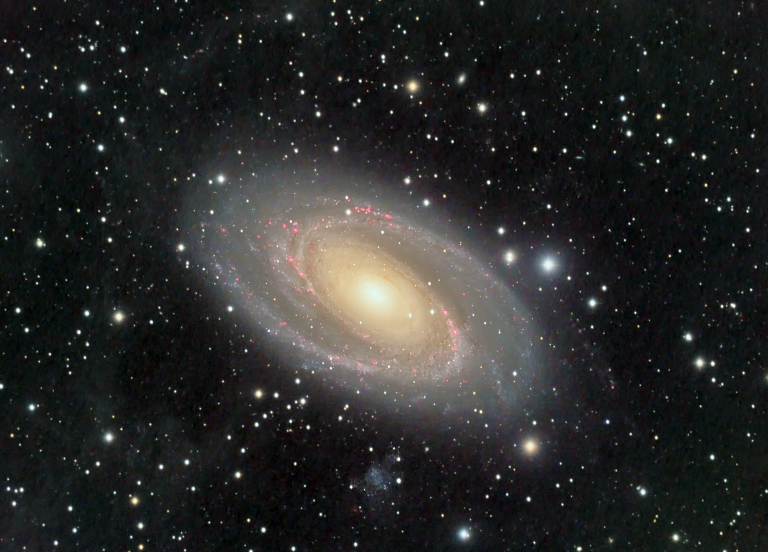
Another year, another Bode’s Galaxy image
Every year I try to take a better image of M81, Bode’s Galaxy. It’s located about 12 million light-years away, which is unfathomably far but close by galactic standards. Look closely, and you’ll see a faint splotchiness in the background. This is the Integrated Flux Nebula (IFN,) composed of gases that lie just outside of…
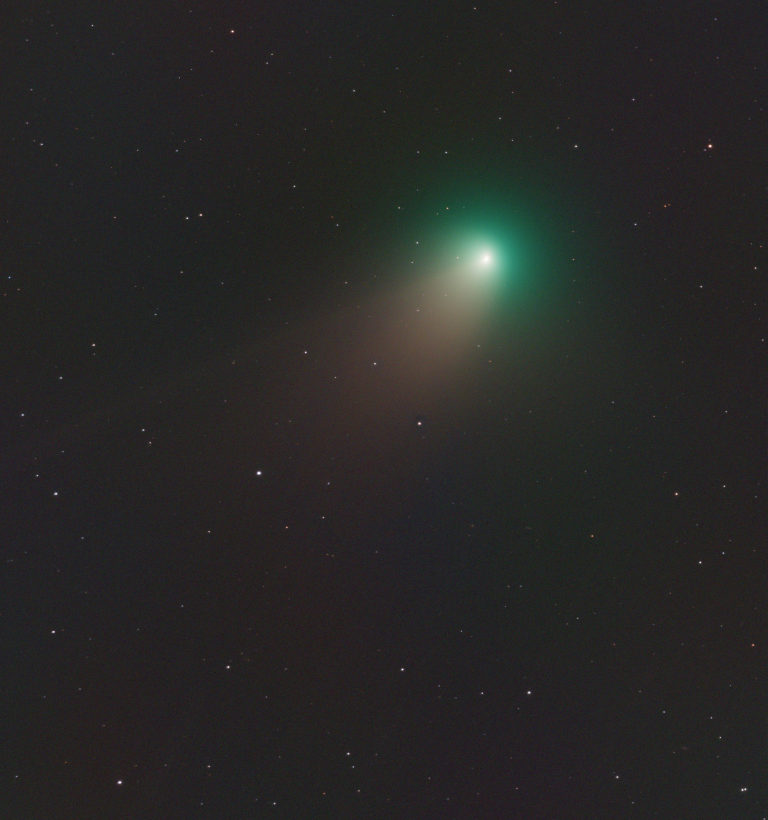
Comet C/2022 E3 (ZTF)
This comet will reach its brightest point a couple of weeks from now, but the skies were clear this morning so I figured I should go for it while I can! The tail’s not as pronounced as I hoped, and processing is a bit sloppy in a couple of spots. But hey, it’s a comet….
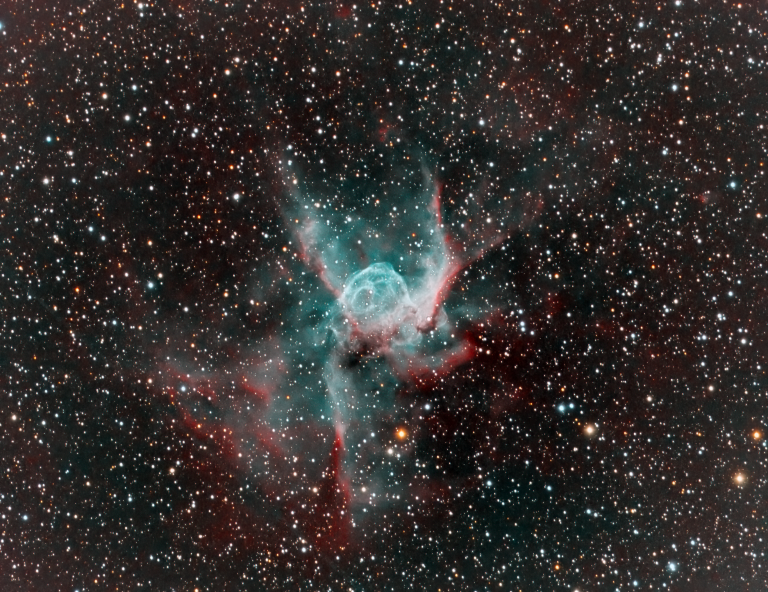
Thor’s Helmet
This week’s target was Thor’s Helmet (NGC 2359), an emission nebula in Canis Major a rather distant 12,000 light-years away. It’s formed by a Wolf-Rayet star in its center, which is a crazy-hot star whose immense stellar wind is bunching up and ionizing the gases around it in these complex patterns. It’ll probably go supernova…
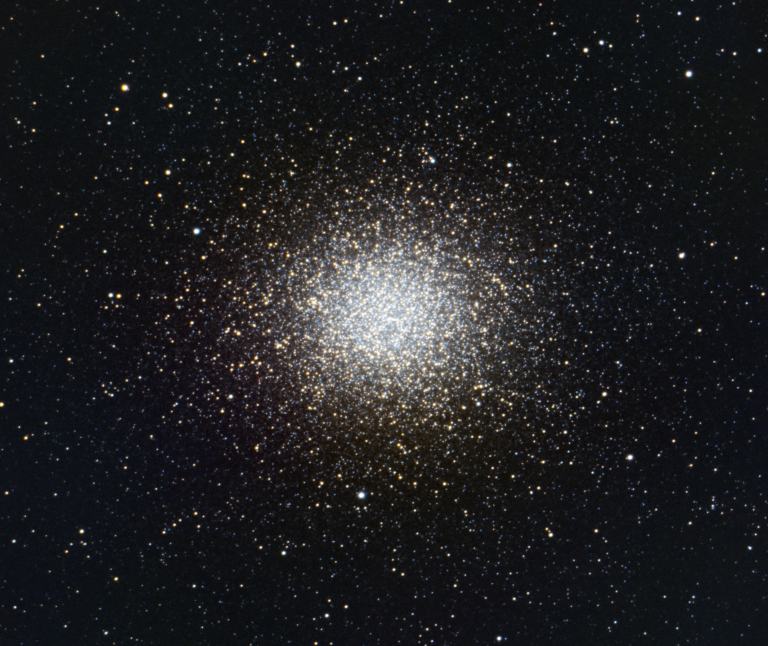
Omega Centauri – the biggest globular cluster, or is it something else?
This object was a real challenge to image. From central Florida, it only rises 13 degrees above the horizon, deep within the light-polluted murk of my Southern sky. Omega Centauri is a Southern hemisphere object, so capturing it from the Northern hemisphere requires effort. It’s worth it though – this is one of the most…

